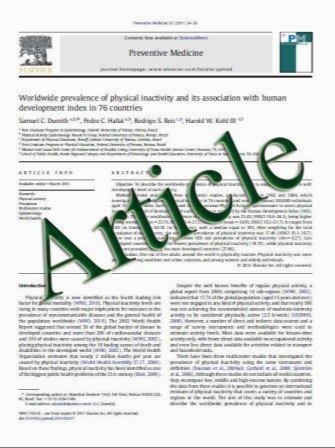Comparison of endocanalicular laser dacryocystorhinostomy with and without endonasal procedures
- نوع فایل : کتاب
- زبان : انگلیسی
- مؤلف : Hikmet Basmak & Hamdi Caklý & Afsun Sahin & Huseyin Gursoy & Ahmet Ozer & Ender Altun & Nilgün Yildirim
- چاپ و سال / کشور: 2010
Description
Aim To evaluate the role of concomitant endonasal procedures in endocanalicular diode laser dacryocystorhinostomy (DCR). Materials and methods This was a retrospective study, conducted on adult patients with primary acquired nasolacrimal duct obstruction. Thirty-one (seven bilateral) patients formed group 1 and 37 (five bilateral) patients group 2. Group 1 underwent endocanalicular laser DCR. In group 2, concomitant endonasal procedures, namely middle turbinectomy and endonasalmechanical enlargement of the neo-ostium were additionally performed. Mean follow-up period was 14.6 months for group 1, and 11.0 for group 2. Results Functional success was defined as the absence of epiphora, and anatomical success as the ability to irrigate the lacrimal system. Anatomic and functional success at each visit were compared using chi-square tests (p<0.05). Total laser energies used for each case were compared using the Mann–Whitney U test (p<0.05). Anatomical success rates were increased at the third month, sixth month and final visits. The increase was statistically significant. P value was 0.04 for the third and sixth month results comparison. Final anatomical success rates were 27/38 for group 1 and 39/42 for group 2 (p=0.02). Final functional success rates were 25/38 patients in group 1 and 36/42 in group 2 (p=0.07). Mean total laser energy used decreased from 300.0 to 165.0 joules (p<0.001). Conclusions Based on our increased anatomical success rates, concomitant endonasal procedures may help increase success rate in endocanalicular diode laser DCR cases
Graefes Arch Clin Exp Ophthalmol (2011) 249:737–743 DOI 10.1007/s00417-010-1552-1 Received: 28 June 2010 / Revised: 2 October 2010 / Accepted: 17 October 2010 / Published online: 4 November 2010


